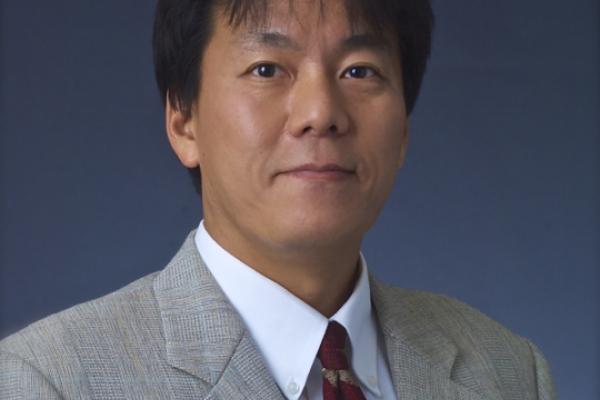
The Institute for Japanese Studies presents
"Kamikazes: Japanese Suicide Attacks in Global Historical Context"
Takashi Nishiyama, Associate Professor
Department of History
State University of New York, Brockport
&
Verville Research Fellow
Smithsonian National Air and Space Museum
Flyer: ![]() Takashi Nishiyama Flyer.pdf
Takashi Nishiyama Flyer.pdf
Abstract: To date, suicide attacks have long been misunderstood in the West. Global military history has recorded unplanned, singular, and impulsive suicide attacks by individuals who saw no prospect for survival. World War II Japan, however, was highly distinct in terms of the massive scale and duration of its suicide operation. The tactic of ramming, as practiced by Kamikaze operators against the Americans, remains vividly in the minds of many in the West. Nishiyama will analyze different meanings attached to suicide and technology for homeland defense by Japan and elsewhere at times of war. He will show that the kamikaze operation mobilized various cultural tools—such as altruism, professionalism, and gender roles—for urgent homeland defense. This case study will also highlight a heretofore unrecognized dimension of wartime culture in a global context. In any country during war, it might be rational to act a little crazy and it might be crazy to be too rational. Ramming, or any other desperate means of fighting, ran contrary to human instinct of self-preservation, thus raising far more moral issues than technological or tactical ones. Viewing ramming as a warfare tactic, ideology, and technology, Nishiyama attempts to make fuller sense of the Japanese kamikaze attacks by placing them in a broader context. He will argue that altruistic suicide is a techno-cultural and geopolitical artifact—that is, the product of a particular stage of techno-warfare development common across Japan, Germany, the Soviet Union, and the United States during the 20th century (and into our 21st century).
Bio: Takashi Nishiyama is Associate Professor of History at State University of New York, Brockport, and Verville Research Fellow at the Smithsonian National Air and Space Museum. Specializing in history of technology and Japanese history of the 20th century, he has published in Japanese and English. His recent publications include Engineering War and Peace in Modern Japan (Johns Hopkins Studies in the History of Technology, 2014) and Suicide, Gender, and Technology for War (under contract with Johns Hopkins University Press). Professor Nishiyama was a Kyoryoku Researcher at the Research Center for Advanced Science and Technology, University of Tokyo (2002-04), a Post-Doctoral Scholar at Dibner Institute for the History of Science and Technology, MIT (2004-06), and a Visiting Researcher at the East-West Center (2014-2015), University of Hawaii.
